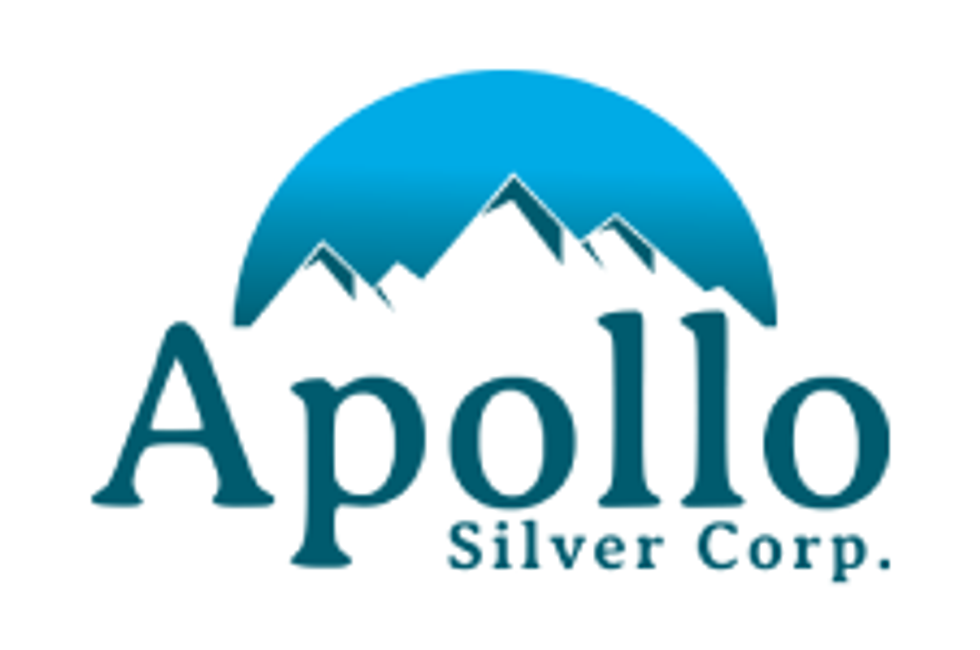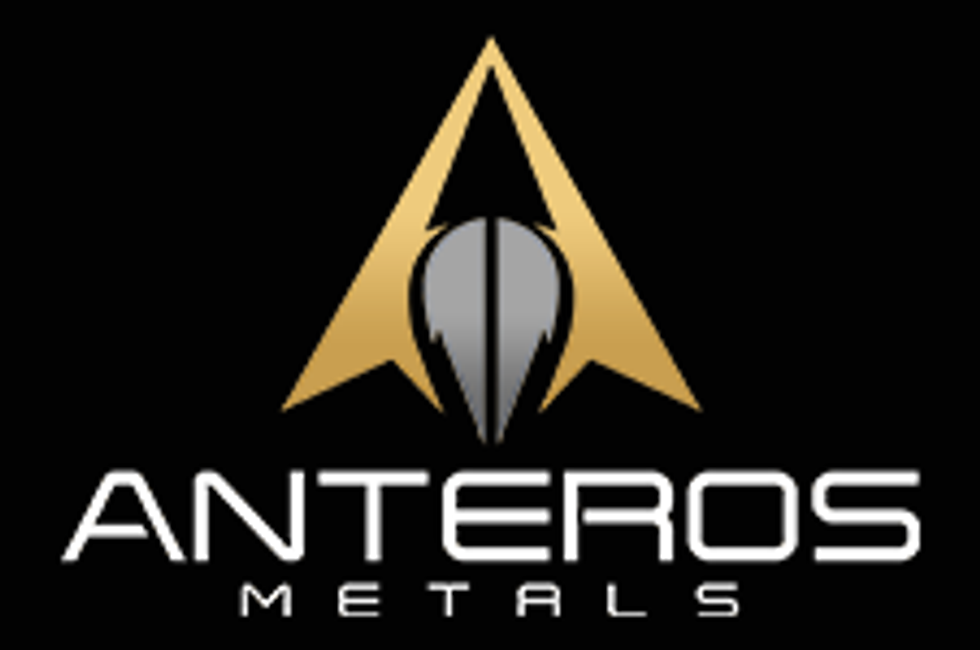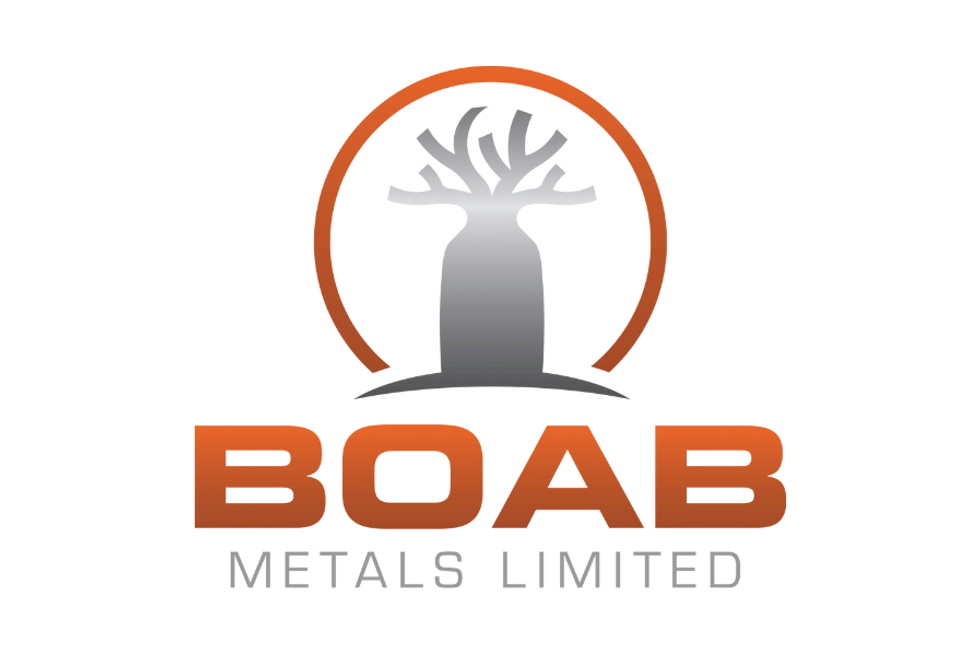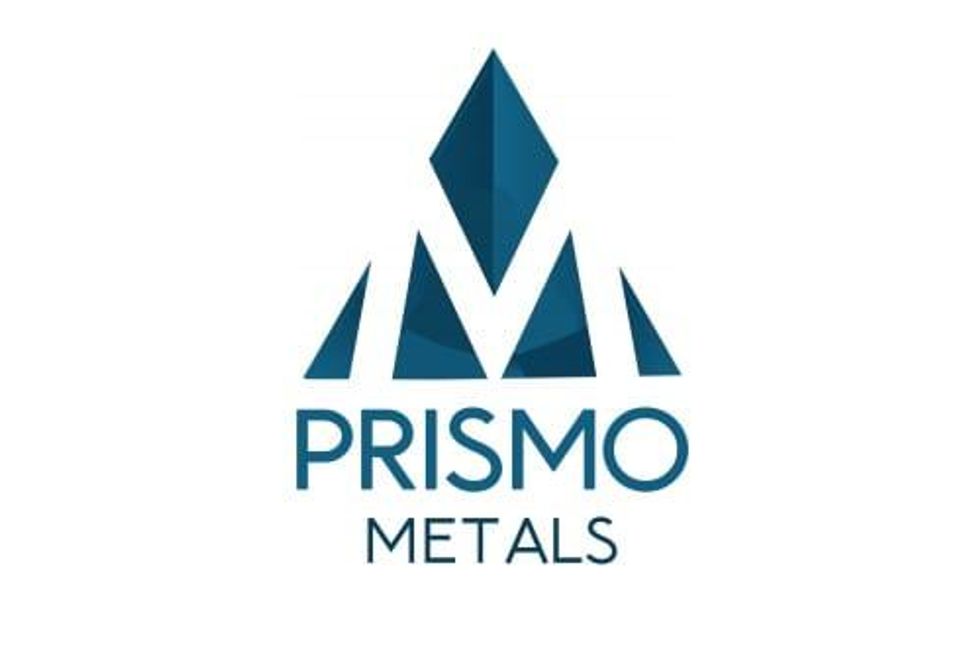Arizona Mining Reports Substantial Growth Potential With Significant Stepout Of Taylor Deeps Zone; Includes 31 Foot Interval Assaying 27.3% Zinc, 22.4% Lead And 14.9 Opt Silver

Arizona Mining (TSX:AZ) announces the results of the first 10 exploration holes of a new drill program targeting the expansion of the Taylor zinc-lead-silver sulfide deposit located on its 100%-owned Hermosa Project in Santa Cruz County, Arizona. Six of the 10 holes were infill holes and 4 were to test for potential mineral extension.
This latest set of results demonstrates the very high potential to expand the Taylor Deeps zone, including at shallower depths up dip to the northeast. As a result of these new intersections and discussions with advisors and lead shareholders, the Company will focus the balance of the 2017 exploration drill program on the Taylor Deeps zone and definition drilling of the shallow, high-grade, Trench vein systems in the overlying volcanic units. The Company believes there is significant potential to increase the size of the resource and intends to produce an updated resource and feasibility study by year end. Permitting work on the Trench property will also advance as this will be relatively low cost and will add significant shareholder value to the project.
COO Don Taylor commented: “Most exciting within these drill results are the intercepts in HDS-435, HDS-394 and HDS-395, which, combined with earlier drilling, indicate just how extensive the Taylor Deeps Sulfide zone is and demonstrate the significant potential to grow this important zone. To date, we have focused on the Taylor Sulfide zone for mine planning purposes but have recognized the potential of both the Taylor Deeps Zone and the Trench Vein System which occur throughout the geologic column. Now that the preliminary economic assessment is complete we will turn our attention to these zones to determine their size and extent as we recognize both of these zones have the potential to significantly enhance the Hermosa story. In light of this, we will be expanding the number of drills from the current 6 to accelerate the drilling.”
HDS-435 is an angled hole (-82 degrees) drilled to explore for potential mineral extensions east of the previously reported resource area (See Figure 1 and Figure 2). HDS-435 intersected a very robust mineralized sulfide interval in the Taylor Deeps zone and extends the zone approximately 1,500 feet to the east. The mineralization in HDS-435 is one of the best intersections to date in the Taylor Deeps zone with respect to thickness and lead/zinc/silver grades. The mineralization included:
- 61 feet assaying 16.47% zinc, 13.81% lead and 9.84 ounces per ton (“opt”) silver
- Including a 31 foot zone which assayed 27.25% zinc, 22.36% lead and 14.85 opt silver
HDS-431 is an angled hole (-82 degrees) drilled to infill an area of the previously reported mineral resource. The drill hole encountered three mineralized veins in the volcanics and two mineralized veins in the carbonates. In addition HDS-431 intersected six mineralized horizons in the Taylor Sulfide zone and mineralization in the Taylor Deeps Sulfide Zone. When added together the Taylor Sulfide zone intervals have a cumulative thickness of 333.5 feet (refer to Table I). Most notable among the mineralized horizons includes:
- 21 feet assaying 8.33% zinc, 6.08% lead and 4.06 opt silver (Trench Vein System)
- 113.5 feet assaying 7.92% zinc, 11.41% lead and 3.34 opt silver (Taylor Sulfide zone)
- Including a 43 foot zone which assayed 19.70% zinc, 24.60% lead and 7.05 opt silver
HDS-430 is a vertical infill drill hole that intersected three mineralized horizons in the Taylor Sulfide zone and one vein plus a significant zone of mineralization in the Taylor Deeps Sulfide zone. Most notable among the mineralized horizons is the mineralization in the Taylor Deeps zone which assayed:
- 82 feet assaying 2.31% zinc, 3.84% lead and 2.53 opt silver
- Including a 15 foot zone which assayed 8.33% zinc, 12.56% lead and 5.41 opt silver
HDS-425 is a vertical hole drilled to infill a large gap in the previously reported mineral resource and target the Taylor Sulfide Vein System. The drill hole intercepted four veins in the volcanics, one mineralized horizon in the Taylor Sulfide zone and two mineralized horizons in the Taylor Deeps zone. Most notable among the mineralized zones were:
- 31 feet assaying 6.47% zinc, 6.12% lead and 5.57 opt silver (Trench Vein System)
- 125 feet assaying 1.74% zinc, 13.99% lead and 8.20 opt silver (Taylor Sulfide zone)
- Including a 40 foot zone which assayed 0.09% zinc, 36.72% lead and 19.72 opt silver
HDS-395 is a vertical hole located 3,300 feet to the Northwest of the current resource area. The hole was drilled to test the extent of the Taylor Deeps zone. The hole intercepted two veins in the volcanics and one mineralized horizon in the Taylor Deeps zone which demonstrates the strength of the system and the lateral extents of the mineralization in the Taylor Deeps zone. Most notable of the intervals included:
- 18.5 feet assaying 3.25% zinc, 3.70% lead and 1.61 opt silver (Trench Vein System)
- 2.5 feet assaying 13.6% zinc, 2.91% lead and 1.92 opt silver (Taylor Deeps zone)
HDS-394 is a vertical hole drilled to test the extent of mineralization west of the previously reported resource area. The hole encountered two veins in the volcanics and two mineralized horizons in the Taylor Deeps zone. The Taylor Deeps intercept extends the mineralization 1,900 feet west of the previously reported resource area. Most notable among the mineralized zones were:
- 24.5 feet assaying 2.7% zinc, 2.4% lead and 2.34 opt silver (Trench Vein System)
- 64.5 feet assaying 0.45% zinc, 2.75% lead and 4.88 opt silver (Taylor Deeps zone)
For a full list of the vein, Taylor Sulfide and Taylor Deeps Sulfide mineralized intervals from these holes please refer to Table I below.
Read full company profile.
Table I. ASSAY SUMMARIES FOR HDS-394, HDS-395, HDS-414, HDS-421, HDS-423, HDS-424, HDS-425, HDS-430, HDS-431 & HDS-435
To view the table, please see the following link:
https://arizonamining.com/_
Figure 1. Drill Hole Location Map
Figure 2. Plan View of Taylor Deeps with ZnEq Grade Contour
Qualified Person
The results of the Arizona Mining Inc. drilling have been reviewed, verified and compiled by Donald R. Taylor, MSc., PG, Chief Operating Officer for Arizona Mining Inc., a qualified person as defined by National Instrument 43-101 (NI 43-101). Mr. Taylor has more than 25 years of mineral exploration and mining experience, and is a Registered Professional Geologist through the SME (registered member #4029597).
Assays and Quality Assurance/Quality Control
To ensure reliable sample results, the Company has a rigorous QA/QC program in place that monitors the chain-of-custody of samples and includes the insertion of blanks, duplicates, and certified reference standards at statistically derived intervals within each batch of samples. Core is photographed and split in half with one-half retained in a secured facility for verification purposes.
Sample preparation (crushing and pulverizing) has been performed at ALS Minerals Laboratories, an ISO/IEC accredited lab located in Tucson, Arizona. ALS Minerals Laboratories prepares a pulp of all samples and sends the pulps to their analytical laboratory in Vancouver, B.C. Canada for analysis. ALS analyzes the pulp sample by ICP following a 4-acid digestion (ME-ICP61 for 33 elements) including Cu (copper), Pb (lead), and Zn (zinc). All samples in which Cu (copper), Pb (lead), or Zn (zinc) are greater than 10,000 ppm are rerun using four acid digestion with an ICP – AES finish (Cu-OG62; Pb-OG62; and Zn-OG62) with the elements reported in percentage (%). Silver values are determined by ICP (ME-ICP61) with all samples with silver values greater than 100 ppm repeated using four acid digestion with an ICP-AES finish (Ag-OG62) calibrated for higher levels of silver contained. Any values over 1,500 ppm Ag trigger a fire assay with gravimetric finish analysis. Gold values are determined by a 30 gm fire assay with an ICP-AES finish (Au-ICP21).
About Arizona Mining
Arizona Mining Inc. (an augustagroup company) is a Canadian mineral exploration and development company focused on the exploration and development of its 100%-owned Hermosa Project located in Santa Cruz County, Arizona. The Taylor Deposit, a zinc-lead-silver carbonate replacement deposit, has a resource of 8.6 million tons in the Measured Mineral Resource category grading 4.2% zinc, 4.0% lead and 1.6 opt silver, or 9.7% ZnEq, plus 63.8 million tons in the Indicated Mineral Resource category grading 4.5% zinc, 4.4% lead and 1.9 opt silver, or 10.6% ZnEq, and 38.6 million tons of Inferred Mineral Resources grading 4.4% zinc, 4.2% lead and 3.1 opt silver or 11.6% ZnEq, all reported in accordance with NI 43-101 guidelines utilizing a 4% ZnEq cutoff grade. The Taylor Deposit remains open to the north, west and south over land controlled by the Company and will be aggressively drilled to test the limits of the resource. The Company’s other project on the Hermosa property is the Central Deposit, a silver-manganese manto oxide project.
Cautionary Note Regarding Forward-Looking Information
Certain information contained in this press release constitutes forward-looking statements. All statements, other than statements of historical facts, are forward looking statements including statements with respect to the Company’s intentions for its Hermosa Project in Arizona, including, without limitation, performing additional drilling, a resource update, permitting and a feasibility study onthe Taylor Deposit. Forward-looking statements are often, but not always, identified by the use of words such as may, will, seek, anticipate, believe, plan, estimate, budget, schedule, forecast, project, expect, intend, or similar expressions.
The forward-looking statements are based on a number of assumptions which, while considered reasonable by Arizona Mining, are subject to risks and uncertainties. In addition to the assumptions herein, these assumptions include the assumptions described in Arizona Mining’s management’s discussion and analysis for the year ended December 31, 2016 (“MD&A”). Arizona Mining cautions readers that forward-looking statements involve and are subject to known and unknown risks, uncertainties and other factors which may cause actual results, performance or achievements to differ materially from those expressed in or implied by such forward-looking statements and forward-looking statements are not guarantees of future results, performance or achievement. These risks, uncertainties and factors include general business, economic, competitive, political, regulatory and social uncertainties; actual results of exploration activities and economic evaluations; fluctuations in currency exchange rates; changes in project parameters; changes in costs, including labour, infrastructure, operating and production costs; future prices of zinc, lead, silver and other minerals; variations of mineral grade or recovery rates; operating or technical difficulties in connection with exploration, development or mining activities, including the failure of plant, equipment or processes to operate as anticipated; delays in completion of exploration, development or construction activities; changes in government legislation and regulation; the ability to maintain and renew existing licenses and permits or obtain required licenses and permits in a timely manner; the ability to obtain financing on acceptable terms in a timely manner; contests over title to properties; employee relations and shortages of skilled personnel and contractors; the speculative nature of, and the risks involved in, the exploration, development and mining business; and the factors discussed in the section entitled “Risks and Uncertainties” in the MD&A.
Although Arizona Mining has attempted to identify important risks, uncertainties and other factors that could cause actual performance, achievements, actions, events, results or conditions to differ materially from those expressed in or implied by the forward-looking information, there may be other risks, uncertainties and other factors that cause performance, achievements, actions, events, results or conditions to differ from those anticipated, estimated or intended. Unless otherwise indicated, forward-looking statements contained herein are as of the date hereof and Arizona Mining disclaims any obligation to update any forward-looking statements, whether as a result of new information, future events or results or otherwise, except as required by applicable law.
Click here to connect with Arizona Mining (TSX:AZ) to receive an Investor Presentation.
Source: www.marketwired.com







